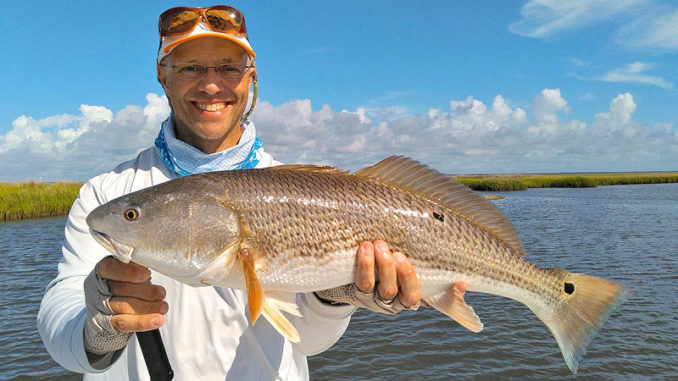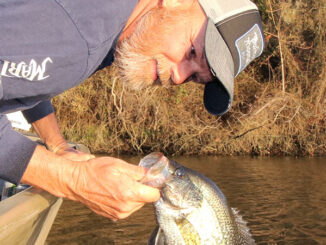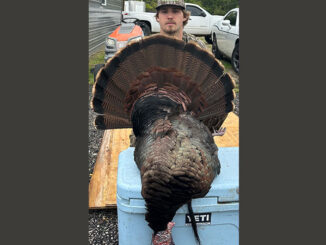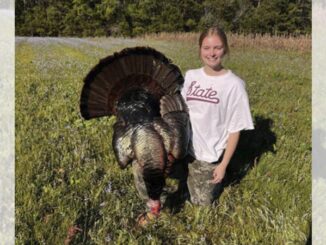
Redfish have plenty to eat this month in Winyah Bay
Summer conditions peak in August with the hottest air and water temperatures of the year. Beginning at the microscopic level and continuing up to apex predators, the inshore grounds are busting at the gills with fertile groceries to feed the masses.
Redfish are a winner for summer anglers around Georgetown, S.C., because they tend to be confined to certain areas that can be easily accessed by anglers in almost any type of watercraft.
Georgetown is known for many fishing opportunities year-round, with redfish always being a top favorite. While fall and winter are generally hot times for reds in the super-shallow creeks, these lairs are less preferred by reds in summer. They move toward deeper refuge, but near places where bait continues to provide an adequate food supply.
Guide Greg Holmes of Fish Skinny Fishing Charters fishes for reds all-year long in Georgetown and neighboring areas. He moves out of shallow creeks in the summer, toward deeper water.
“The water gets real hot back in the creeks this time of year,” said Holmes (843-241-0594). “I like places with access to deeper, cooler water.”
Georgetown’s waters are unique, with a diverse habitat assemblage. And deep water is very prevalent in Winyah Bay which the river channel passes through. The Black, Pee Dee, Sampit and Waccamaw rivers merge in downtown Georgetown. And the massive channel conveys flow out past North and South islands through the jetties and into the Atlantic. Between the channel and the shallow marsh, dozens of islands provide ideal habitat for redfish and other piscivores during the summer rush.
These islands are hotspots
“The channel islands have grass, oysters and even some wood on a few of them, right next to deeper water,” said Holmes, who fishes a lot of these channel islands.
He said some islands are generally more productive than others. Many will have cuts between them which have been formed as a result of daily tidal movements. These cuts have deeper channels associated with them. And they create ambush spots for redfish and other predators. The bays are full of small fish, crabs and shrimp that will be pouring through these cuts.
Holmes chooses the islands to fish based on the tide. But he prefers the island edges with some flooded structure that will hold fish and create ambush opportunities. Islands with oyster shells, grass or any other type of structure close to deeper channels are generally dead giveaways for summer redfish hangouts.
The lower end of the tide is still best for targeting reds. Holmes will fish around from island to island and hit the islands with submerged structure or grass.
Redfish are opportunistic eaters that will eat about anything they see in their strike zone. Live bait or fresh cut bait will always bring more fish to the boat than other alternatives. This time of year, Holmes prefers live finger mullet fished under a popping cork or on a bottom rig. But live pogies, live shrimp and any fresh cut bait will entice redfish into biting.
The summer pattern along these channel islands in Georgetown will continue well into the fall when the water temperatures begin to decline.





Be the first to comment